Cognitive Behavioral Therapy
Heal from Within
Identify Harmful Patterns

Learn What Drives Behaviors

Create Healthier Habits
Learn to Understand Yourself
Are you ready to identify the harmful thoughts and behaviors holding you back, learn why you take these actions despite knowing the consequences are probably negative, and create healthier habits and decision-making processes for the future? If so, Cognitive Behavioral Therapy (CBT) might be the best therapeutic choice for you.
CBT is a short-range, goal-oriented psychotherapy treatment focusing on a practical, hands-on approach to problem-solving. CBT’s goal is to alter patterns of behavior and the thinking behind your difficulties. Ideally, it also alters the way you feel.
Counselors use CBT to treat various issues, including relationship problems, sleeping difficulties, anxiety, depression, and alcohol or drug abuse.
CBT alters a person’s behavior and attitudes by focusing on their beliefs, thoughts, attitudes, and images. All of these relate to how a person behaves when dealing with emotional issues.
A huge benefit of CBT is that it’s short — generally five to 10 monthly sessions. During therapy, you will go to one 50-minute session per week. During each session, you will work with the therapist to determine what the problems are and develop new, effective strategies for tackling them. CBT introduces you to a specific set of principles you can apply whenever necessary. The goal is for these skills to stay with you and help you cope from now on.
Understanding the Impact of Negative Thoughts
Psychiatrist Aaron Beck invented CBT in the 1960s after he observed that clients often had internal thoughts they didn’t share that impacted them. He realized there was a link between these thoughts and feelings, and actions. These “automatic thoughts” were almost entirely based on emotion, and sometimes people weren’t even aware of them. Still, recognizing these thoughts was essential for people to overcome difficulties.
Therefore, CBT is based on the idea that it isn’t events that upset a person. It’s the meaning they give to the event. When people have negative thoughts, it can block them from seeing or doing things based on what they think is true instead of reality. In other words, they hold onto those same negative thoughts without learning anything new.
Beck suggested these negative thinking patterns come from childhood and become automatic. CBT works to help the person understand this learned, dysfunctional thinking is actually what’s going on in their mind. The therapy helps people step outside of their automatic or fixed thoughts and test them against reality.

What is CBT Treatment Like?
CBT is often more structured than other therapies. At the start of the session, clients will meet with a therapist to discuss specific problems and to set goals to work toward. Problems can include difficulty sleeping, challenges socializing with friends, or trouble concentrating on work. Alternatively, the problems could be life-related, including unhappiness in a marriage, difficulty raising a child, or poor fit at work.
These problems and goals are the core of the therapy session plan. As a general rule, each session begins with the therapist and client deciding the main topics to work on together. Time is also allowed to discuss the conclusions from the prior session and look at the progress made through the client’s homework. At the end of the session, the therapist gives another homework assignment.
Doing Homework
Working on homework assignments between sessions is vital to the overall CBT process. Each homework assignment will vary. For instance, at the beginning of therapy, the therapist may ask the client to keep a journal of incidents that provoke feelings of depression or anxiety so they can examine the thoughts that surround that particular incident. As therapy progresses, a homework assignment may consist of specific exercises that help the client cope with certain troublesome situations.
Homework is necessary for CBT because it helps clients benefit most from the therapy. It enables the client to make quicker progress through action and further thought than someone who just attends sessions and talks about their problems.
The Importance of Structure
CBT sessions are structured to use time efficiently. It also ensures that vital information isn’t left out, such as homework results, and that the therapist and client look at new assignments that will naturally move on to the next session.
The therapist maintains an active role in structuring therapy sessions. As the therapy progresses, the client takes more responsibility for the session content. By the end of the treatment, the client feels empowered to work independently.
Group Sessions
CBT is typically one-on-one therapy, but it can work in groups. Many people report benefits from sharing experiences with others who can relate. Group sessions can also serve as a source of valuable advice and support from other people in the same situations.
Learn to Understand Yourself
CBT differs from other therapies because of the relationship therapists attempt to establish with their patients. With CBT, the relationship focuses on an equal relationship between the therapist and client, not one where the therapist is all-knowing. The relationship may be more practice, problem-focused, and business-like. The therapist often asks clients for feedback and their views on the therapy process. In CBT, the therapist and client work together to test the ideas behind CBT and how they could apply to the client’s situation.

Who Benefits from CBT?
CBT is most effective for people who can relate to the overall ideas of the therapy, the problem-solving approach of CBT, and the general need for self-assignment. People who commonly prefer this therapy generally like a more practical approach to treatment, where gaining insight is not the chief goal.
CBT can be effective for treating:
- Drug or alcohol addiction
- Anxiety
- Anxiety or panic attacks
- Anger
- Eating disorders
- Depression
- Chronic pain
- Chronic fatigue
- Mood swings
- Sleep concerns
- Sexual and relationship problems
- Social anxiety or isolation
- Obsessive habits
- Obsessive-Compulsive Disorder
- Phobias
- Youth emotional development
Therapists use CBT to treat a variety of concerns, including some not listed above. After learning your specific concerns, the mental health professionals at Shadow Mountain Recovery will work with you to determine if CBT is right for you. If so, it will be combined with other therapies that best suit your needs as part of your treatment plan.
How Effective is CBT?
How effective CBT is depends on the person, their concerns, and how committed they are to treatment. CBT isn’t a miracle cure. It won’t work for everyone, and it won’t work for anyone who isn’t committed to doing the work. However, CBT has the potential to drastically reduce the symptoms associated with various addictions and mental health concerns.
In the short term, CBT can be just as effective as drug therapies in treating mental health issues. The benefits also may last longer because of the ability to work independently after therapy.
CBT attempts to teach people skills for tackling their problems. Confronting one’s fears in a manageable and gradual way helps give a person faith that they can cope independently.
A new technique for coping can lead to lasting changes in a person’s basic behaviors and attitudes. CBT helps people find new techniques to deal with issues that have their basis in an emotional disorder. The methods of CBT can be particularly useful because people solve issues that may have been festering for a long time. It also gives them self-agency and confidence in tackling future concerns.
Start CBT at Shadow Mountain Recovery
If you think Cognitive Behavioral Therapy might be the right treatment for you or your loved one, contact Shadow Mountain Recovery. We’re happy to answer any questions and address any concerns you may have. We take most major insurance to reduce any financial concerns associated with recovery. Give us a call today and start your healing journey.


